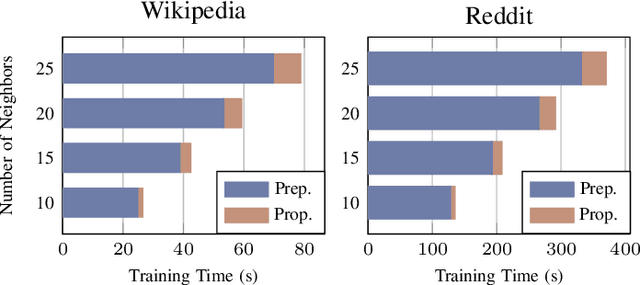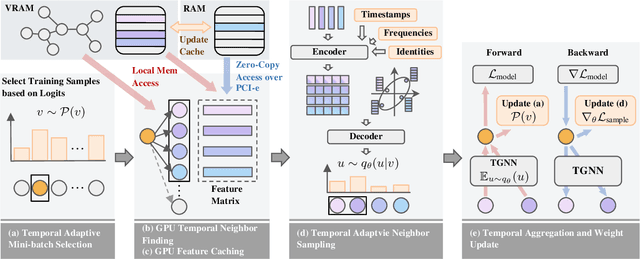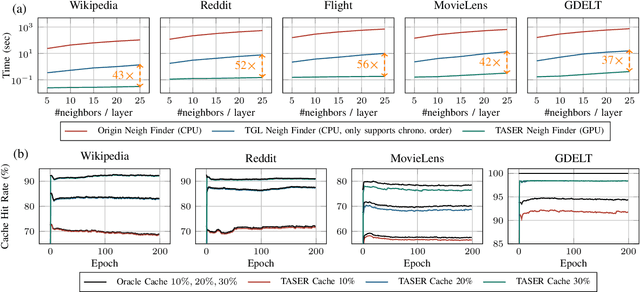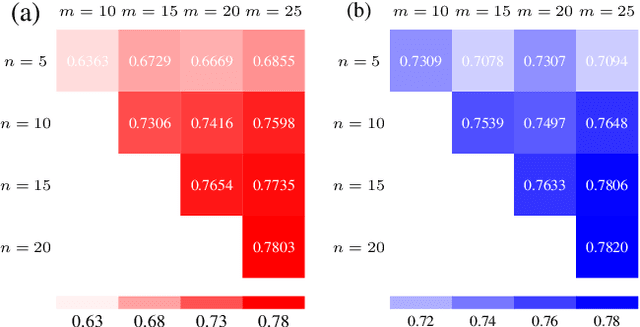Gangda Deng
LocAgent: Graph-Guided LLM Agents for Code Localization
Mar 12, 2025



Abstract:Code localization--identifying precisely where in a codebase changes need to be made--is a fundamental yet challenging task in software maintenance. Existing approaches struggle to efficiently navigate complex codebases when identifying relevant code sections. The challenge lies in bridging natural language problem descriptions with the appropriate code elements, often requiring reasoning across hierarchical structures and multiple dependencies. We introduce LocAgent, a framework that addresses code localization through graph-based representation. By parsing codebases into directed heterogeneous graphs, LocAgent creates a lightweight representation that captures code structures (files, classes, functions) and their dependencies (imports, invocations, inheritance), enabling LLM agents to effectively search and locate relevant entities through powerful multi-hop reasoning. Experimental results on real-world benchmarks demonstrate that our approach significantly enhances accuracy in code localization. Notably, our method with the fine-tuned Qwen-2.5-Coder-Instruct-32B model achieves comparable results to SOTA proprietary models at greatly reduced cost (approximately 86% reduction), reaching up to 92.7% accuracy on file-level localization while improving downstream GitHub issue resolution success rates by 12% for multiple attempts (Pass@10). Our code is available at https://github.com/gersteinlab/LocAgent.
Learning Personalized Scoping for Graph Neural Networks under Heterophily
Sep 11, 2024Abstract:Heterophilous graphs, where dissimilar nodes tend to connect, pose a challenge for graph neural networks (GNNs) as their superior performance typically comes from aggregating homophilous information. Increasing the GNN depth can expand the scope (i.e., receptive field), potentially finding homophily from the higher-order neighborhoods. However, uniformly expanding the scope results in subpar performance since real-world graphs often exhibit homophily disparity between nodes. An ideal way is personalized scopes, allowing nodes to have varying scope sizes. Existing methods typically add node-adaptive weights for each hop. Although expressive, they inevitably suffer from severe overfitting. To address this issue, we formalize personalized scoping as a separate scope classification problem that overcomes GNN overfitting in node classification. Specifically, we predict the optimal GNN depth for each node. Our theoretical and empirical analysis suggests that accurately predicting the depth can significantly enhance generalization. We further propose Adaptive Scope (AS), a lightweight MLP-based approach that only participates in GNN inference. AS encodes structural patterns and predicts the depth to select the best model for each node's prediction. Experimental results show that AS is highly flexible with various GNN architectures across a wide range of datasets while significantly improving accuracy.
TASER: Temporal Adaptive Sampling for Fast and Accurate Dynamic Graph Representation Learning
Feb 18, 2024



Abstract:Recently, Temporal Graph Neural Networks (TGNNs) have demonstrated state-of-the-art performance in various high-impact applications, including fraud detection and content recommendation. Despite the success of TGNNs, they are prone to the prevalent noise found in real-world dynamic graphs like time-deprecated links and skewed interaction distribution. The noise causes two critical issues that significantly compromise the accuracy of TGNNs: (1) models are supervised by inferior interactions, and (2) noisy input induces high variance in the aggregated messages. However, current TGNN denoising techniques do not consider the diverse and dynamic noise pattern of each node. In addition, they also suffer from the excessive mini-batch generation overheads caused by traversing more neighbors. We believe the remedy for fast and accurate TGNNs lies in temporal adaptive sampling. In this work, we propose TASER, the first adaptive sampling method for TGNNs optimized for accuracy, efficiency, and scalability. TASER adapts its mini-batch selection based on training dynamics and temporal neighbor selection based on the contextual, structural, and temporal properties of past interactions. To alleviate the bottleneck in mini-batch generation, TASER implements a pure GPU-based temporal neighbor finder and a dedicated GPU feature cache. We evaluate the performance of TASER using two state-of-the-art backbone TGNNs. On five popular datasets, TASER outperforms the corresponding baselines by an average of 2.3% in Mean Reciprocal Rank (MRR) while achieving an average of 5.1x speedup in training time.
 Add to Chrome
Add to Chrome Add to Firefox
Add to Firefox Add to Edge
Add to Edge